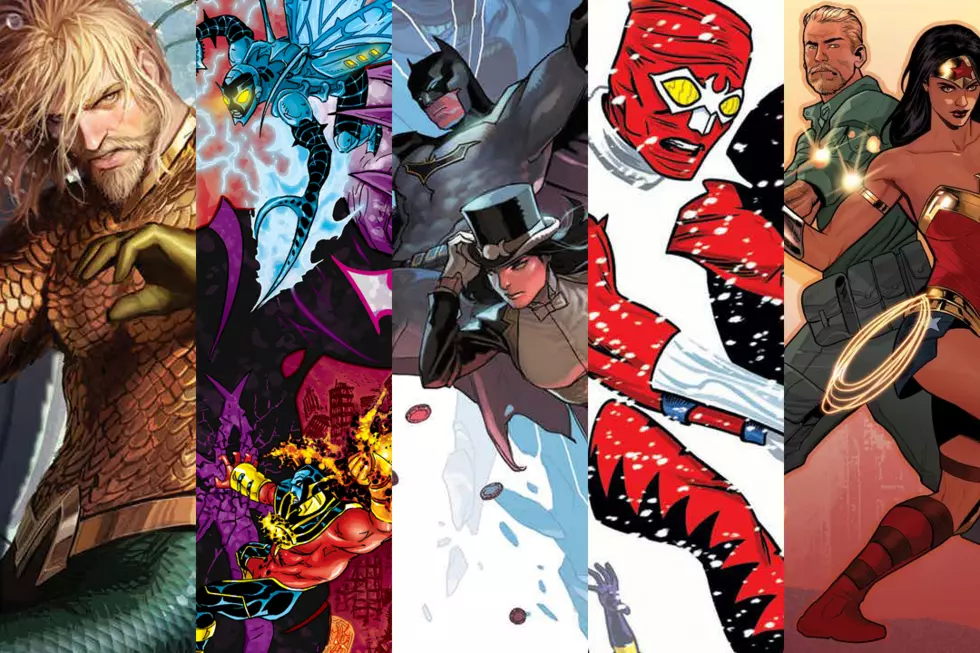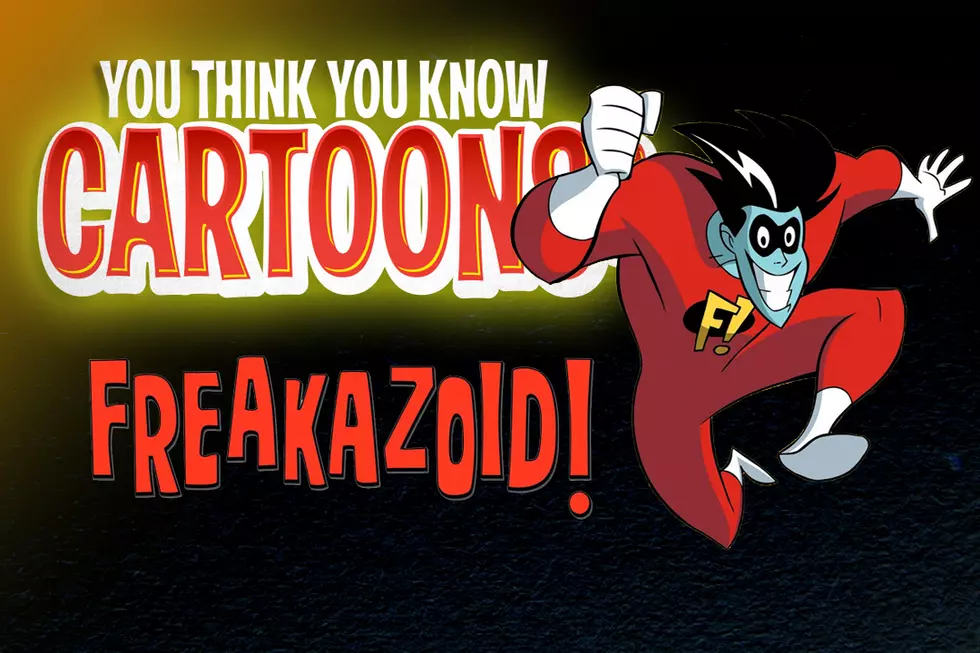
51 Years Ago Today: Zatanna Made Her Magical Debut
Debuting in the pages of Hawkman #4 by Murphy Anderson and Gardner Fox on this week in 1964, Zatanna is a magician in a science fiction world; a magic user in a shared universe built upon Superman's otherworldly power and Batman's human ingenuity. She is both a “real” magician and a performance magician, as much at home with a genuine mind-wipe as she is with a dove up her sleeve.
Perhaps the strangest thing about Zatanna is that, rather than use a wand, she focuses her abilities by speaking words backwards — but sentences forwards. Ytterp driew, tub er’ew tsuj selggum. Naturally, this has led to many voice-based traumas for the character ("Now you have a mouth; now you don’t"), as villains and writers endeavor to challenge her abilities.
Zatanna was preceded, in fact and fiction, by her father, Giovanni Zatara, a Golden Age super-magician created by Fred Guardineer in Action Comics #1. Zatanna Zatara replicates her father's costume, swapping trousers for hosiery, and her early appearances centered on her search for him after his mysterious disappearance --- and her subsequent discovery of their actual shared magical talent.
In the years since, Zatanna has been very much her own character, becoming such a fan favorite that she was actually voted in to the Justice League by reader acclaim in 1978, ten years before poor Jason Todd was voted out of life by the same mechanism. She's also a favorite of some notable creators, including Neil Gaiman, Grant Morrison, and Paul Dini. She's recurred in Vertigo comics as well as in the DC Universe, and in various DC animated series, and she's been an ally and an amorous acquaintance to both Batman and John Constantine, though she's never reduced to the status of mere love interest.
Much of Zatanna's story --- her mother, her magic; the basics --- was filled out in late '70s Justice League stories by Gerry Conway, Dick Dillin, and Frank McLaughlin. Like any long-running character who wasn't established in her own solo series, Zatanna’s development and history is a credit to the sum of its parts; workers for hire doing their part to build a woman who is just about recognizable in every instance, and more multi-dimensional for the disparities that arise over her publication history. Zatanna eventually got her own solo series in 2010, courtesy of Paul Dini, Stephane Roux, Cliff Chiang and others, managing sixteen issues over two years, more than 45 years after her debut.
Zatanna sometimes occupies the cloudier moral fringes of DC's heroes, thanks to her reputation for mind-wipes and mental manipulation. In one of her most controversial storylines, in DC’s 2004 event Identity Crisis, her role was to tamper with the mental faculties of the villain Doctor Light, and later do the same to Batman when he discovered what she had done.
Though never a member of DC's A-list, Zatanna has become an indelible part of that universe across more than fifty years of appearances, with a cult popularity and significance that far outstrips her father (who she's had to kill twice, both times out of love). She's that brunette in the top hat ’n tails; the woman condemning you in code; the vigilante in black and white who occupies the grays of reality.
Happy birthday, Zatanna. May you never pull a disappearing act.
More From ComicsAlliance

![How Conner And Palmiotti Reinvigorated Harley And Reimagined ‘The Jetsons’ [Interview]](http://townsquare.media/site/622/files/2017/03/Harley-Featured.png?w=980&q=75)

![The Truth About The Fake Clark Kent In ‘Superman Reborn’ [Exclusive]](http://townsquare.media/site/622/files/2017/03/Action-Header.png?w=980&q=75)





